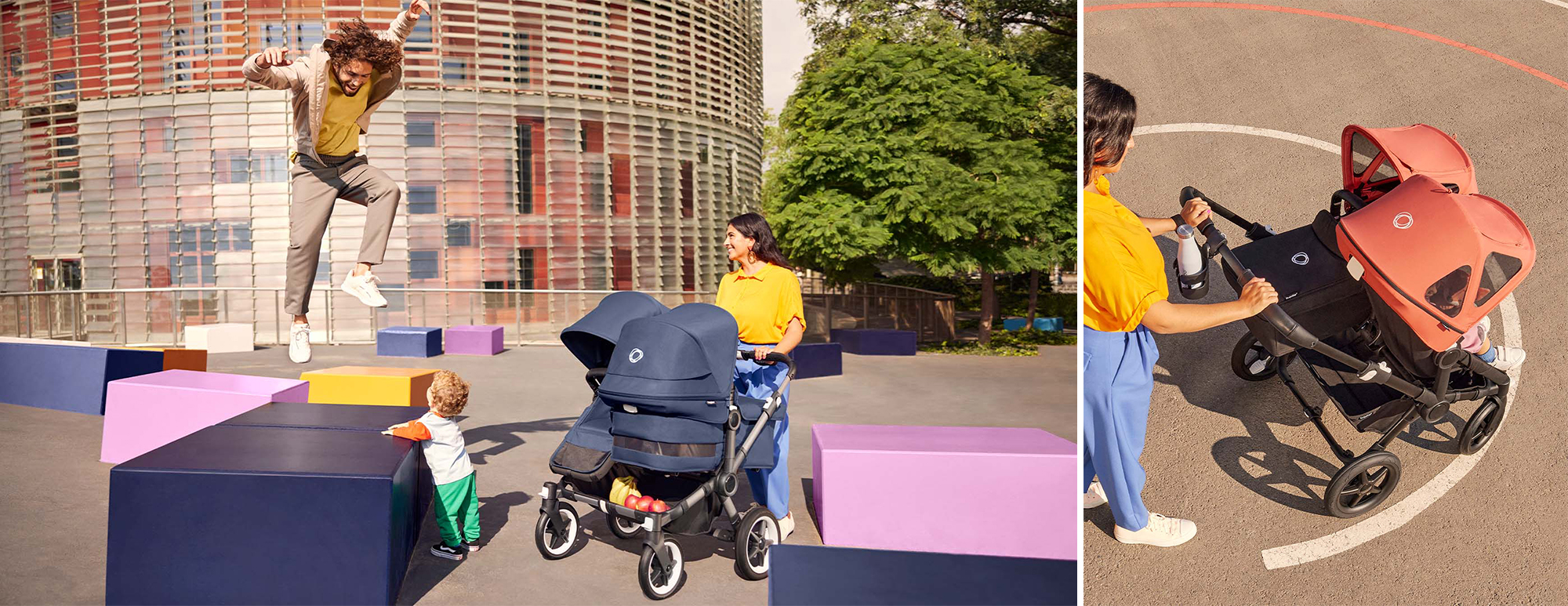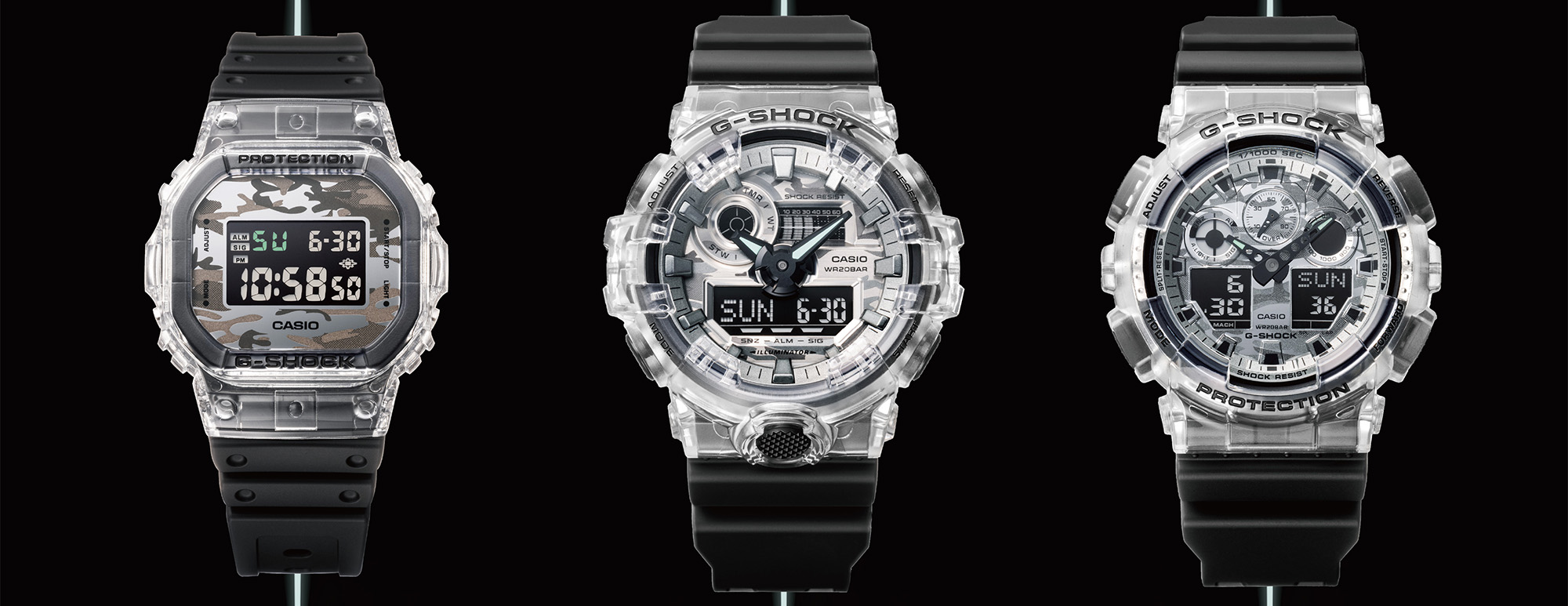There’s so much talk about these flying gizmos everywhere – privacy issues, new laws, flight restrictions… you name it. Amazon even revealed a new program called “Prime Air” – a system designed to deliver packages safely to customers in 30 minutes or less through the use of drones. But like many countries, the increasing buzz around drones has caught the attention of the government. There are some laws to take note of, but the rule of thumb is that if your drone is less than 7kg and is for recreation or private purposes, then you’re in the clear. We look at a few drones you might want to consider for your maiden flight of fancy.
THINGS TO NOTE
Here are some basic guidelines before flying a drone or unmanned aerial vehicle (UAV) in Singapore:
• There are two basic permits – Operator Permit and Activity Permit – on top of other permits required from various agencies like the Singapore Police Force (SPF) or Infocomm Development Authority of Singapore (IDA).
• Hobbyists who fly drones that are 7kg or less for recreational or private purposes do not need permits.
• Drones that weigh more than 7kg require you to apply for permits.
• Permits are needed to fly a drone within 5km of an airport or air base, in a Restricted or Danger area and for flying higher than 61m above mean sea level; regardless of operating weight.
• Permits are also required to conduct any commercial or specialised services such as aerial photography, surveying or flying display performances.
• Anyone found breaching these regulations can face either a maximum fine of $20,000, a jail term of up to 12 months, or both.
More information on the Civil Aviation Authority of Singapore website.
XIAOMI MI DRONE

We all know Xiaomi as that Chinese electronics company that makes affordable smart phones, but it’s not surprising to see them expand to produce drones since they’ve already released stuff like rice cookers and self-balancing electric scooters. Most drones are generally difficult to operate, but Xiaomi looks to appeal to a wider group of consumers with its Mi Drone. They’ve included a number of smart flight controls and autopilot options, as well as functions like automatic take-off, landing and return modes
to make it easier to fly the drone. The Mi Drone has a 1.2mm-thin modular body design with foldable landing gear to make it lighter and more portable while the four propellers that extend out of the body have propeller guards and feature an aerodynamic design. These factors, along with a 15.2V battery with a capacity of 5100mAh, allows the Mi Drone a flight time of up to 27 minutes. On the chassis itself is a ball-shaped 16-megapixel 1080P or 12-megapixel 4K camera (depending on which version you’re going for). Both cameras come with a Sony backside illuminated CMOS sensor and 104-degree wide-angle lens, and are attached to a super sensitive three-axis gimbal that stabilises up to 2000 vibrations per second.
Price and availability TBC. xiaomi-mi.com
DJI PHANTOM 4

The Phantom 4 was designed to be simple enough for newcomers, yet sophisticated enough for the pros. While its predecessor is already considered as one of the easiest to fly right out the box, DJI takes it up a notch by introducing some insanely intelligent features. The Obstacle Sensing system on the Phantom 4 comes with two forward-facing optical sensors to scan for obstacles, which will help the drone to manoeuvre around it without deviating from its flight path. But if it can’t go around it, it’ll slow to a stop and hover until you redirect it or trigger the “Return to Home” function. Another cool feature is the groundbreaking ActiveTrack function, which lets you track and follow a subject, keeping it in the centre of the frame. When this mode is engaged via the DJI Go app on your iOS or Android device, you’ll still have full control over the camera movement to create that amazing 360-degree panning sequence like how the pros do it. And if you’re feeling a little lazy, you can use the TapFly feature that will allow you tap a destination on your device for the Phantom 4. It’ll calculate a flight path and avoid any obstructions in the way. If you’ve ever wanted to have a taste of what drone racing is like, engage the Sports Mode, which will allow the Phantom 4 to fly at its top speed of 20m/s (or 72km/h) for up to 28 minutes on a full battery. The 4K camera is very similar to the one on the Phantom 3, with the exception of improved optics for better corner sharpness and less distortion, and the ability to record 1080p slow-motion videos at 120 frames per second.
$2,090. Available at Sky Hobbies Singapore (Textile Centre, 200 Jalan Sultan #02- 36A), The Drone Shop (Viva Vista Mall, 3 South Buona Vista Road #01-29) or online at skyhobbies.com.sg and thedroneshop.co.
3DR SOLO

The 3DR Solo is one of the best and smartest drones around, powered by two 1GHz computers and world-first technologies to help you achieve shots that would otherwise be challenging for even the most experienced drone pilots. The smart controller is super intuitive and easy to use; it actually looks a little like your usual gamepad, with dedicated buttons to launch or return the Solo back to you. The controller screen shows basic info like altitude, speed and camera angles, but can accommodate smart devices as big as an iPad Mini to provide a large display needed to compose your shots. But what really takes the cake for the Solo are its four Smart Shot features – the Cablecam Shot puts it on a virtual cable to move between two designated points; the Orbit Shot circles around a subject for that “wrap around” shot (you’ll still be able control the altitude of the Solo and its distance from the subject); the Selfie Shot puts you in the centre of a scenic aerial pull-out and the Follow Mode will track a designated subject. With these, you can make the drone’s computer your second operator as a pilot or cameraman instead of piloting both the drone and camera yourself. Alternatively, you can program the Solo to do all the work for you, but can override it at any time to tweak and direct your shots. However, you may need to use a redirecting service like vPost to get it shipped to Singapore once you buy it online (totally worth it).
US$799.95. Available online. 3dr.com
PARROT BEBOP DRONE

The glass fibre-reinforced ABS structure of the Parrot Bebop Drone not only makes it super light (400g), but robust as well; it’s also really easy to take apart and reassemble so you can bring it around with you. It has a 14-megapixels fisheye-lens front-facing camera that can capture videos in Full HD. This camera was exclusively developed for this drone and can stream the camera feed on the smart device’s screen in real time. Parrot has incorporated four shock absorbers to cushion engine vibrations and algorithms for a 3-axis image stabilisation so that your footage doesn’t look like a scene from Cloverfield. One of the cooler things about the Bebop is that you can control it using your own smart device (we recommend using something big, like an iPad) via a free app called FreeFlight 3.0 (compatible with iOS, Android and Windows devices). Virtual joysticks control the altitude and the angle of the camera, as well as the flying direction when you tilt your device. And when you’re done, the “Return Home” button will bring the Bebop back to its original take-off position. They still offer the Bebop Drone Skycontroller though; an RC-like remote control that boosts the WiFi range up to 2km. It features two hand controllers with physical joysticks, ministicks to adjust the camera angle, and a shelf between the two handles to attach your smart device.
$749 (drone only); $1,349 (with Bebop Drone Skycontroller). Available at Newstead Technologies (Funan DigitaLife Mall, #03-01). parrotcorp.com











You must be logged in to post a comment.